May 28, 2025
How you handle your home life is reflected in how you handle your work life
 A new study shows that people who proactively reorganise their family routines – such as adjusting childcare schedules or redistributing domestic responsibilities – are more likely to demonstrate adaptability and innovation in their work life. Researchers found that employees who take initiative at home carry the momentum into their professional lives, becoming more resilient and forward-thinking. The study, published in the Journal of Occupational and Organizational Psychology, was led by the University of Bath’s School of Management. Over a period of six weeks researchers followed 147 full-time, dual-income heterosexual couples with children in the US to explore how home life influences work performance. (more…)
A new study shows that people who proactively reorganise their family routines – such as adjusting childcare schedules or redistributing domestic responsibilities – are more likely to demonstrate adaptability and innovation in their work life. Researchers found that employees who take initiative at home carry the momentum into their professional lives, becoming more resilient and forward-thinking. The study, published in the Journal of Occupational and Organizational Psychology, was led by the University of Bath’s School of Management. Over a period of six weeks researchers followed 147 full-time, dual-income heterosexual couples with children in the US to explore how home life influences work performance. (more…)





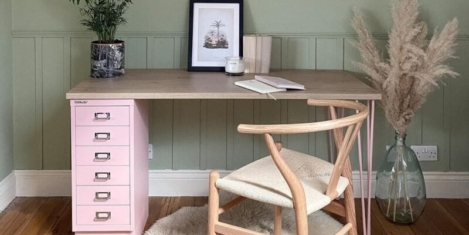
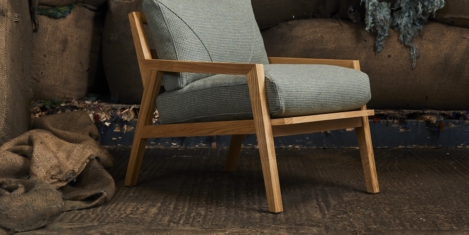
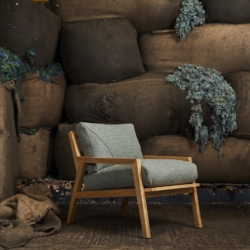

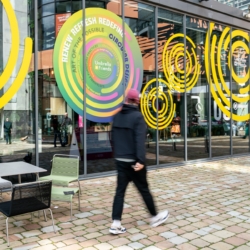


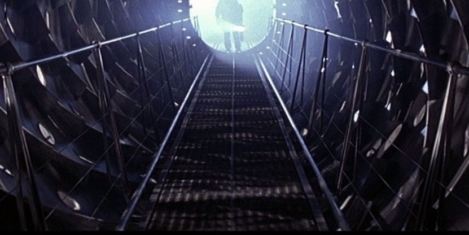


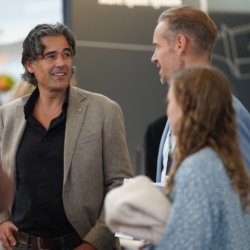


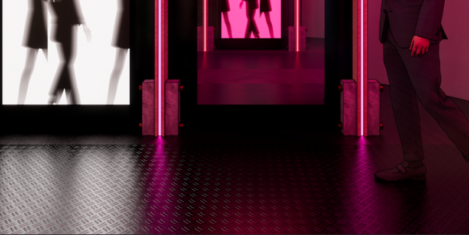


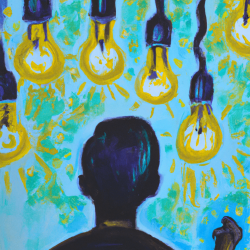




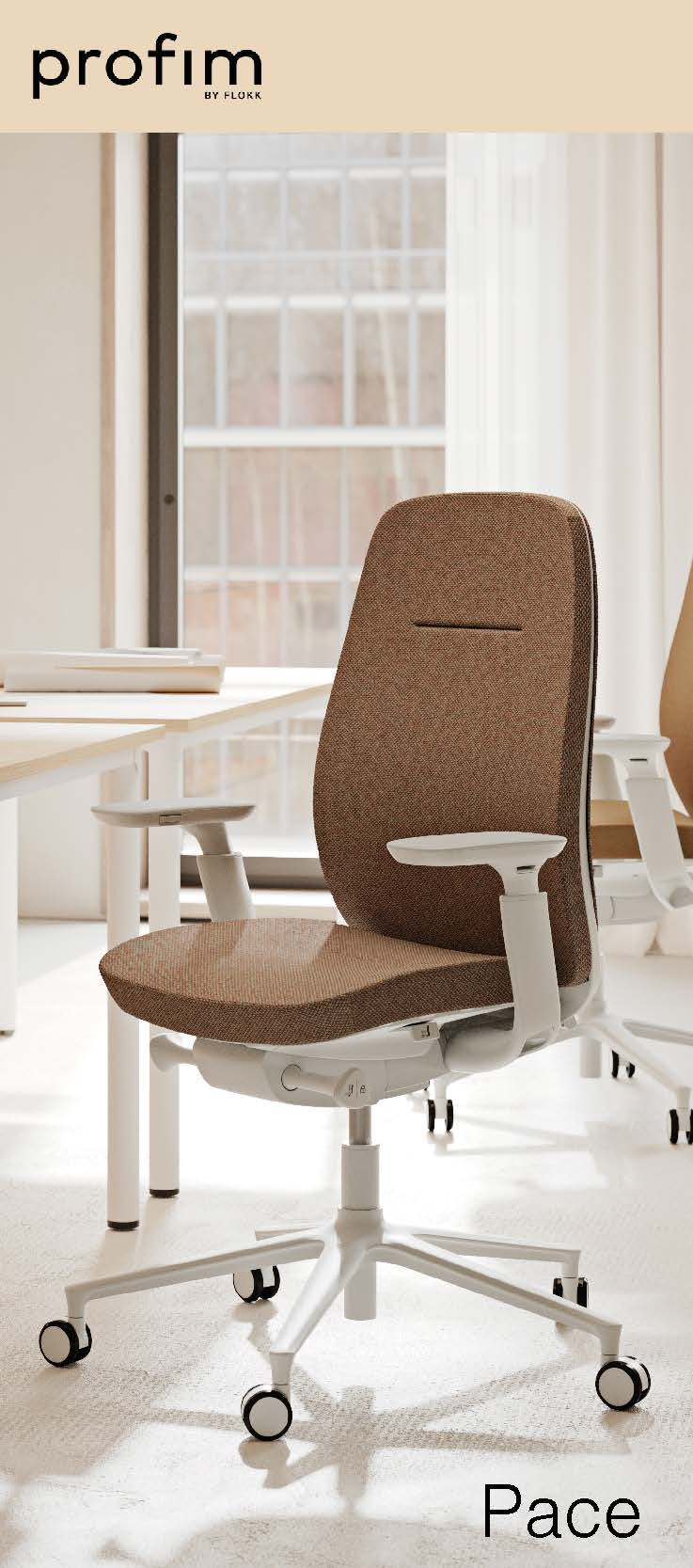





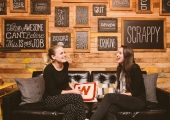

April 2, 2025
If you want your business to grow, become a digital leader
by Ross Pearson • Business, Comment, Technology